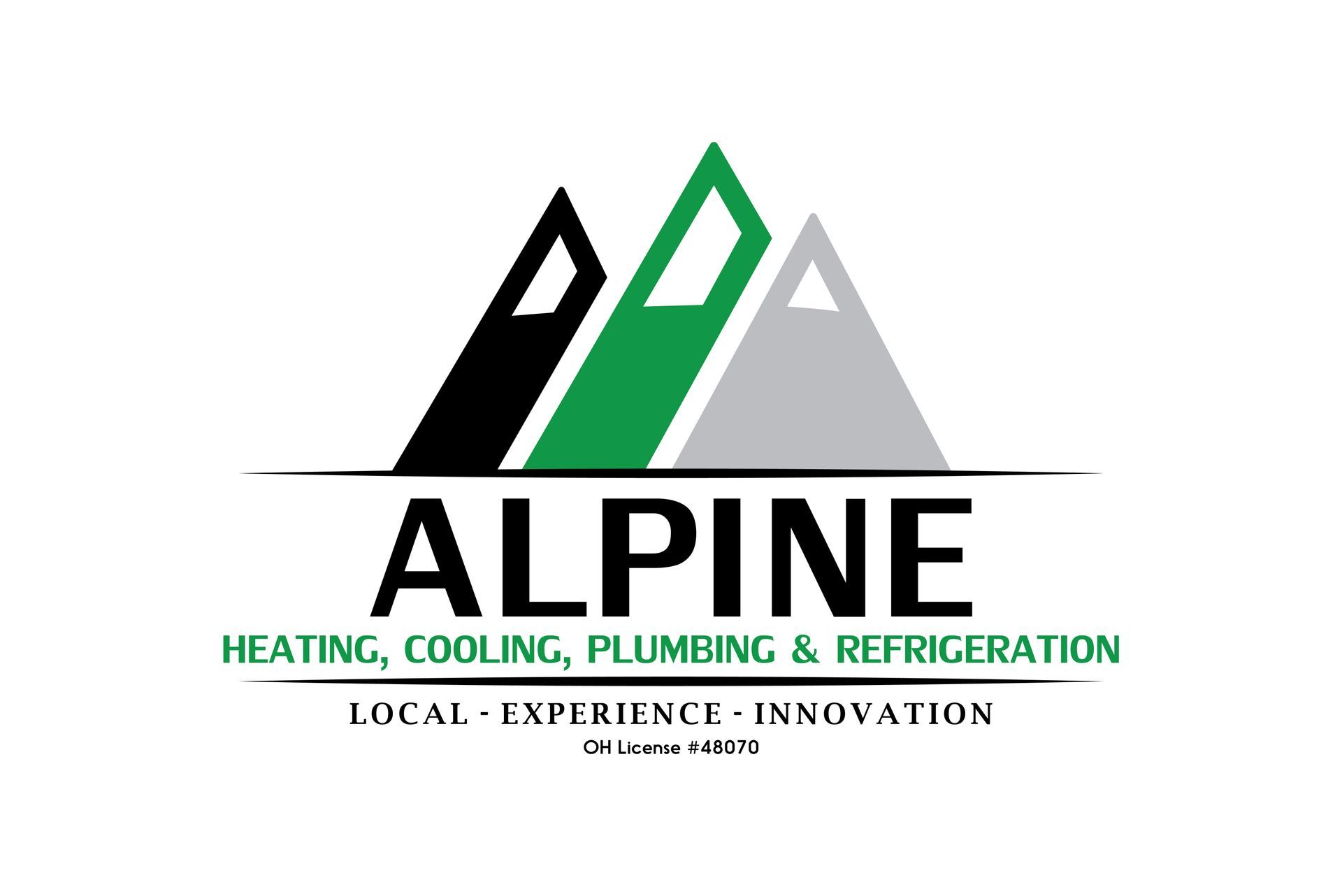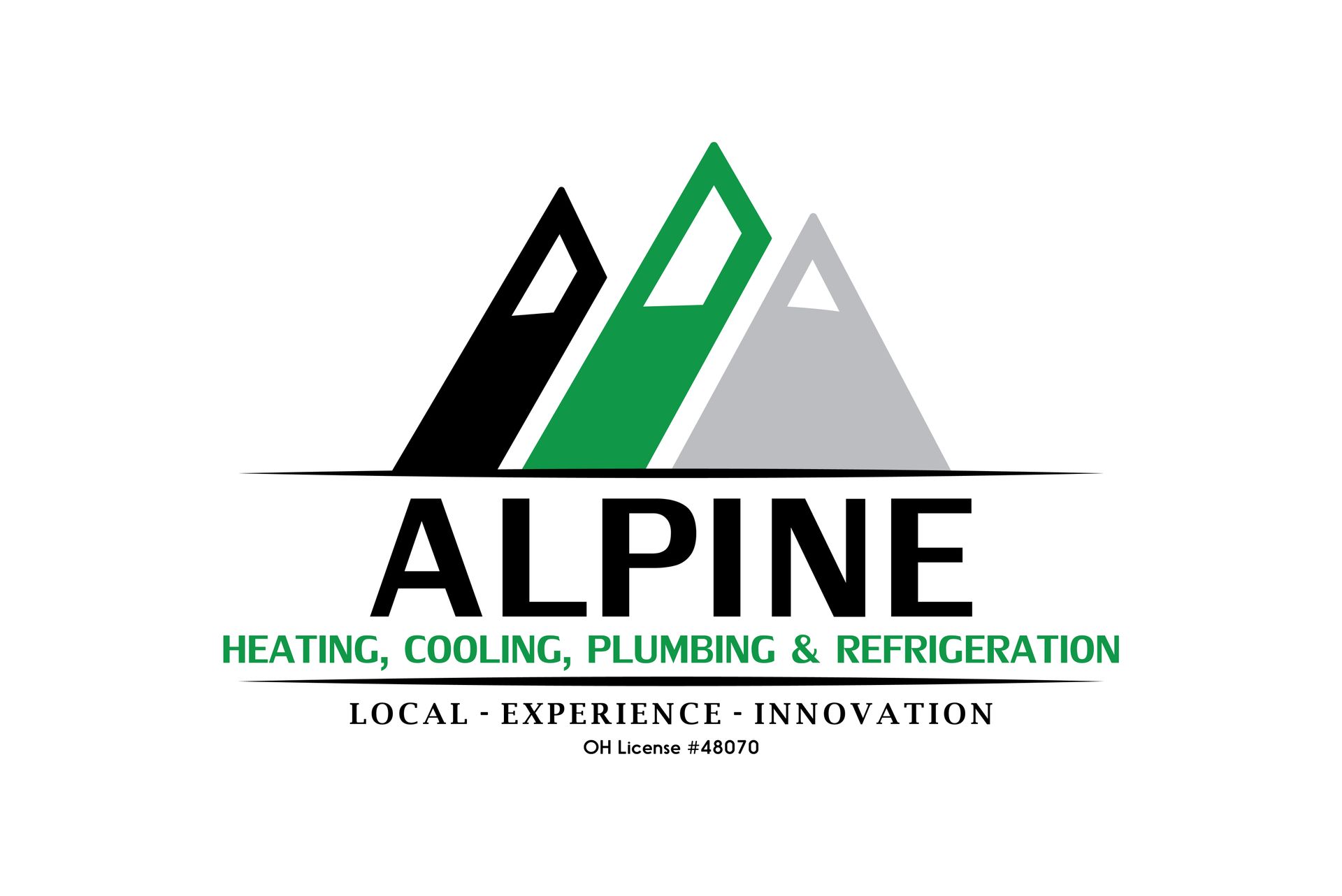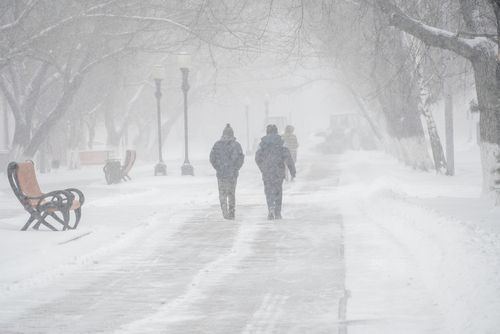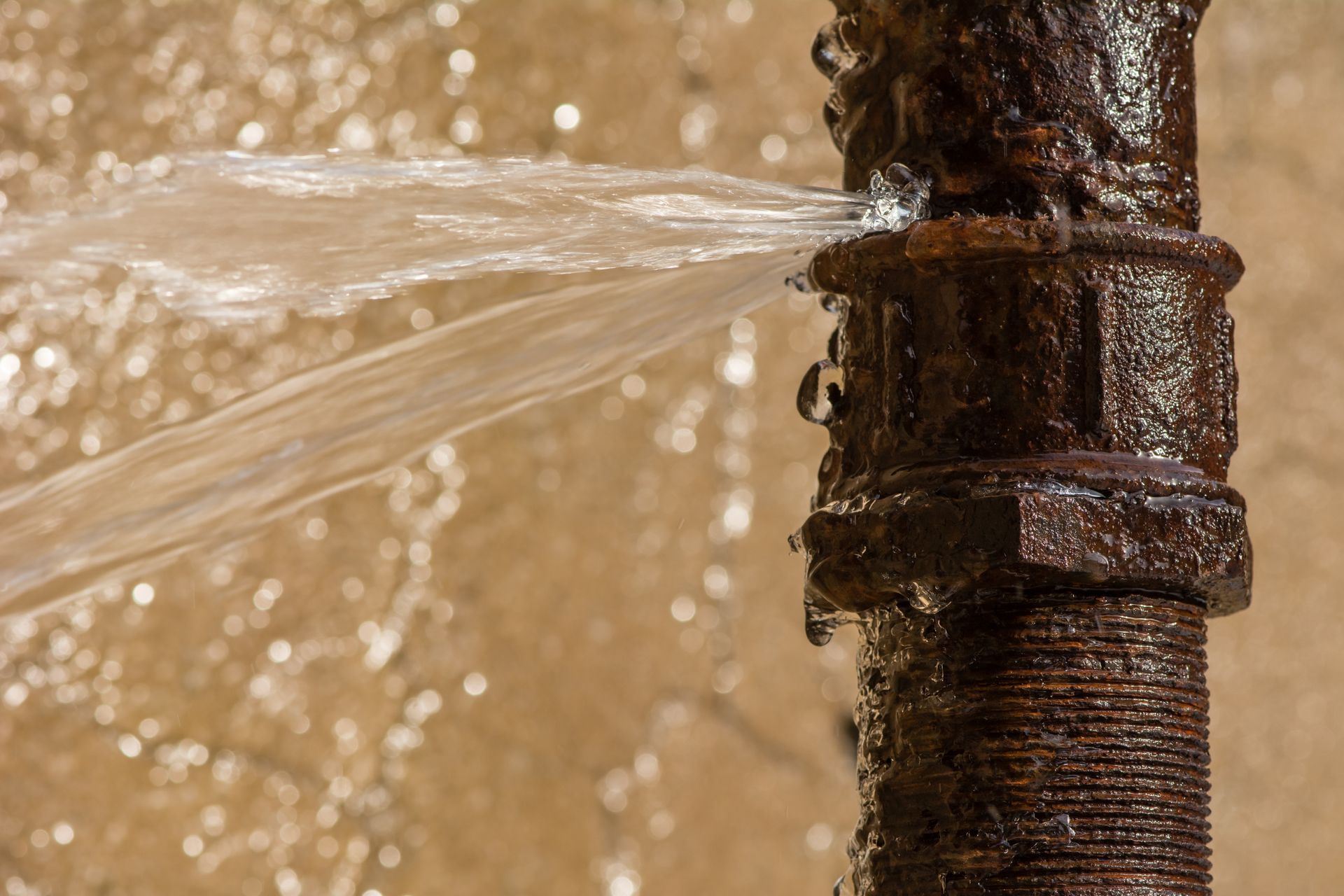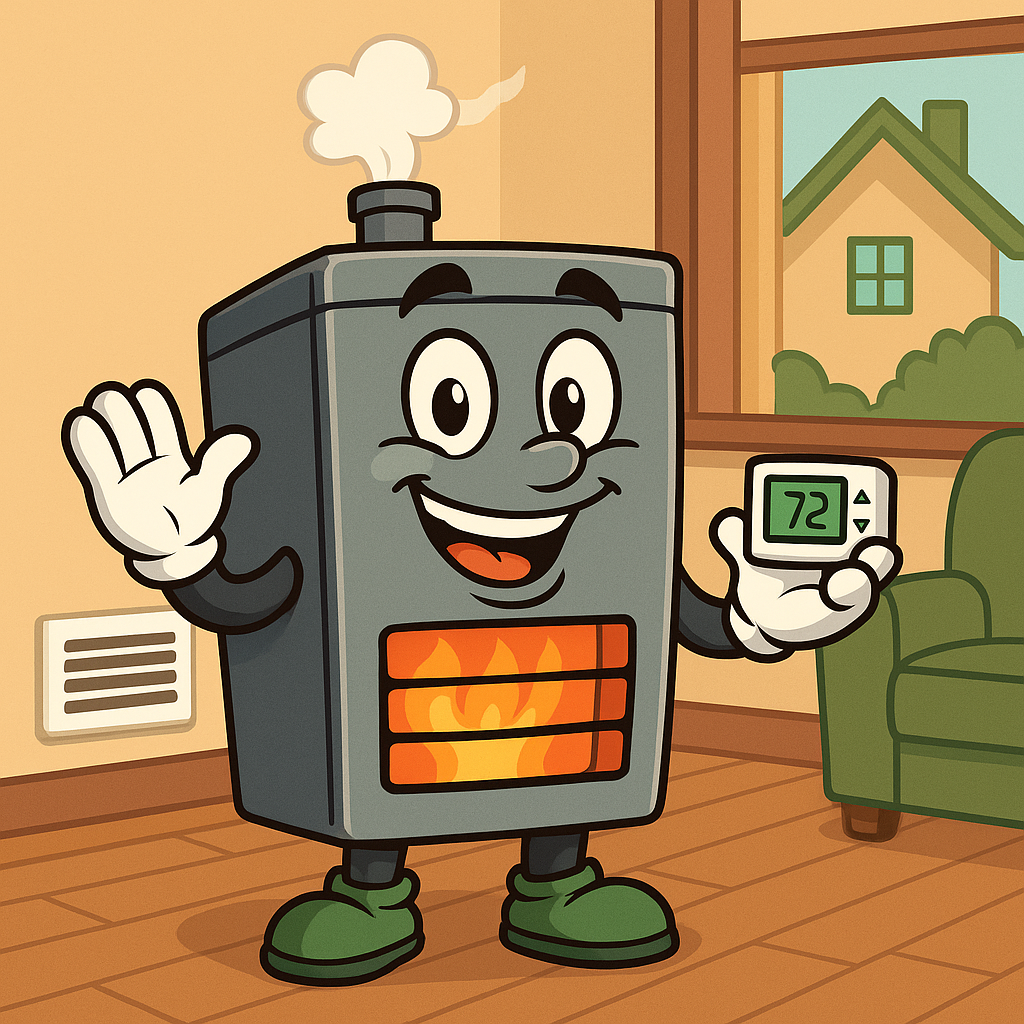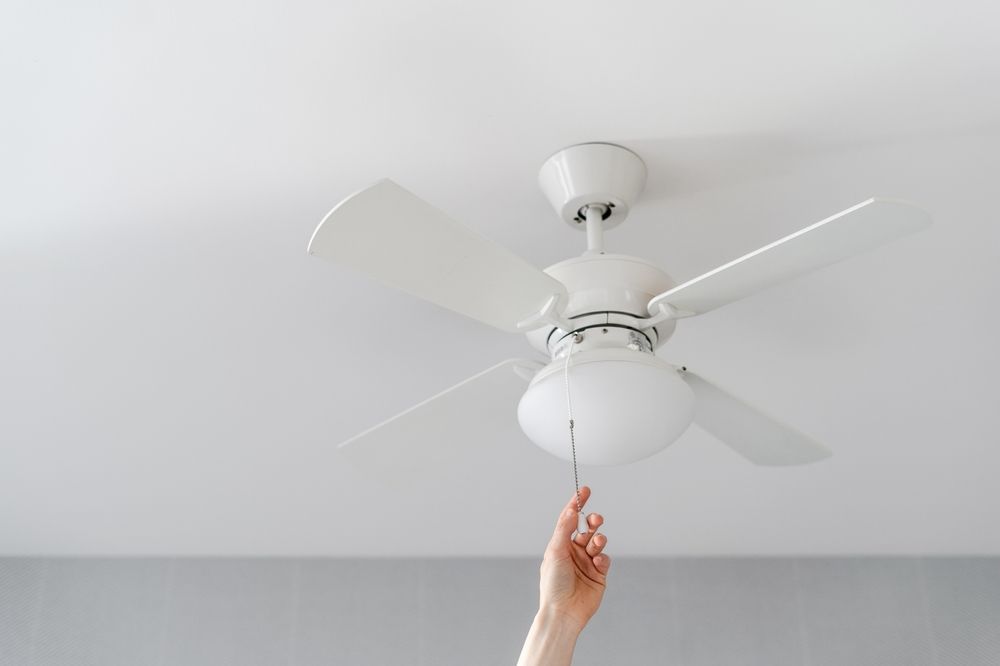10 ways to save on air conditioning costs (Part 1 of 2)
Thanks for visiting our blog! Make sure to come back next week for Part 2 of this series !!!
Over three-quarters of American homes have air conditioners, and AC units consume six percent of all the electricity produced in the United States, costing homeowners $29 billion annually, the U.S. Department of Energy (DOE) reports.
U.S. households are expected to spend $454, or about $151 per month, on electricity bills over June, July and August, according to federal energy forecasts. And a big chunk of that will go toward running the AC as temperatures soar in the summer months. Air conditioning accounts for about 12 percent of monthly power bills, and as much as 27 percent in hot, humid states like Florida or Louisiana, according to the latest federal data.
The bad news is that the summers are likely to only get hotter. Climate change is already placing a larger burden on our electrical grids, according to a study published in the Proceedings of the National Academy of Sciences (PNAS), and is expected to continue to do so. The result: an 8 to 13 percent increase in energy demand from air conditioning usage in the next decade, the American Geophysical Union predicts.
The good news? There are ways to cut the cost of cooling your home without busting your budget or wiping out your savings. Here are some ways you can save money on your air conditioning and thus your electric bill.
1. Throw some shade around the house
Planting leafy trees around the outside of your home will help block the sun and keep your house cooler.
Most heat that accumulates inside a house comes directly from the sun shining onto the roof or through windows and heating the house directly.
Plant tall trees on the south side of the property and broad trees to the west and east. If you have a large window facing east or west, you’re going to get a lot of sun in the morning and afternoon and solar rays are coming from low in the sky, while solar rays are high in the sky on the south side.
2. Cover your windows
In general, about 30% of a home’s heating or cooling energy is lost through windows. In summer, about 76 percent of sunlight on windows enters in the form of heat, according to the DOE. Solar screens, or mesh-like window screens, can intercept the energy before it gets into the house. Window screens are particularly effective on east- and west-facing windows.
“If you can install them on the outside, that is the way to do it,” Krigger says. “That would stop [solar energy] before it got completely through the glass. It’s better than anything you can do on the inside.”
Window films are another money-saving option. They are metalized sheets that reflect heat before it can be transmitted through glass. “Using something white or silver, something that is very reflective, will stop it getting through the glass,” Krigger says.
Of the two, the screens have an advantage; Windows must be shut for window films to work, but solar screens keep out sun and insects even with the windows open.
Window shades also go a long way. Solar shades are coated with a material that effectively blocks most UV rays from entering your home. They will keep your furniture from fading from direct sunlight and keep your electricity bill lower.
3. Get smart about your thermostat
If you haven’t done so already, it might be time to switch to a programmable or smart thermostat that can be set to adjust the temperature in your home at certain hours of the day. Smart thermostats enable you to maintain a comfortable temperature in your home and many of them can be operated remotely.
Keep your programmable thermostat set as high as is comfortable (The DOE recommends 78 degrees Fahrenheit), and when you’re away from home, set the temperature even higher. you can trim 10 percent off your energy bill by setting your thermostat by 7 to 10 degrees higher for eight hours a day, the DOE estimates.
And don’t drop it down to a super-low temperature after being gone all day. Doing so doesn’t cool your home any faster and can result in excessive cooling and a bigger power bill at the end of the month.
The location of the thermostat is also important. To work efficiently, it should be on an interior wall away from direct sunlight, drafts, doorways, skylights and windows, according to the DOE. And don’t place furniture or curtains where they would block AC vents.
Another trick: Set the AC fan speed on high, except on very humid days, the DOE recommends. On humid days, set the fan speed on low. Why? The slower speed will remove more moisture from the air and improve the comfort of your home.
4. Install ceiling fans
If possible, run ceiling fans on your home’s upper level and open the windows on the lower level. If you live in a one-story house or apartment, close windows near the fan and open windows in rooms far from the fan, preferably on your home’s windward side, the DOE advises. The key is to circulate air inside the house.
By running a ceiling fan, you can raise your thermostat setting by about 4 degrees without compromising your comfort level. In the summer, run ceiling fans in a counterclockwise direction, and turn off fans when you leave a room.
Moving air also helps evaporate the sweat from your skin. Evaporation cooling is an incredibly efficient process for removing heat!
5. Service your AC
An inefficient air conditioner raises your cooling costs. Maintaining your AC unit on a regular basis is important.
For starters, the DOE recommends cleaning or replacing the filter in your AC every month or two during summer. Filters may need more frequent cleaning or replacing if there is a lot of dust or if you have furry pets in the house.
A clogged or dirty filter blocks airflow and reduces the efficiency of the unit. Keep the filter clean to allow for good air movement and keep the unit level so the condensation drains properly.
The coils in the evaporator and condenser also collect dirt and dust and need periodic cleaning. The coils in the outside condenser can trap leaves, twigs and other debris. Trim foliage near the unit and keeping the area around the condenser free of dirt and debris.
Check the coil fins to make sure they’re not bent and blocking air flow.
If you’re in need of service or a new system, contact Alpine! Our team has more than 30 years of experience servicing all makes and models. We offer timely, convenient service and provide thorough inspections to catch any potential issues. Visit our website to see a full list of HVAC services, or call (330) 263-0013 for an appointment

